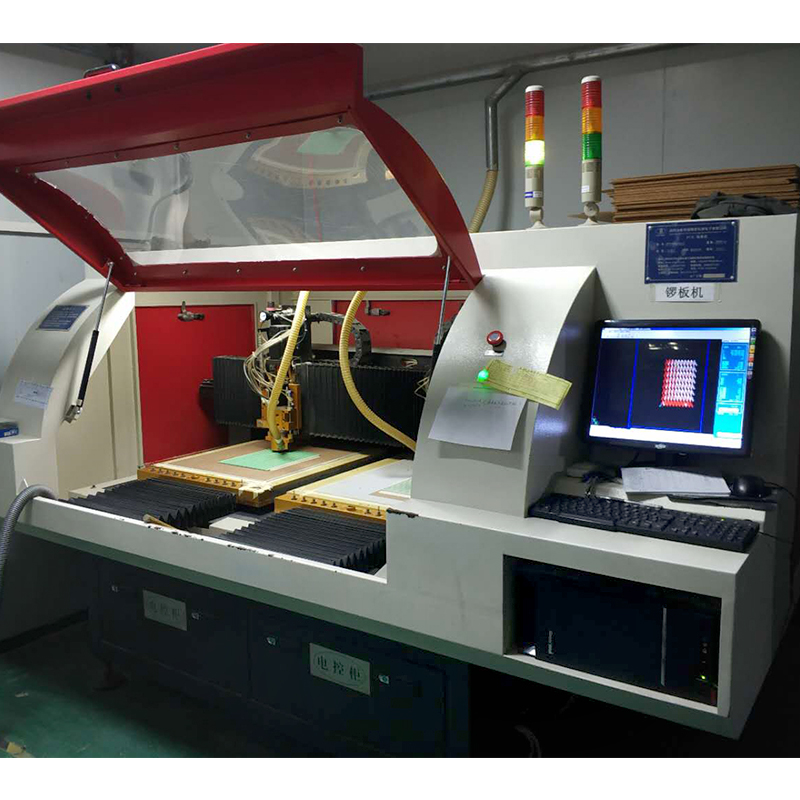In this blog post, we will discuss the EMI/EMC compliance considerations for rigid-flex circuit boards and why they must be addressed.
Ensuring compliance with electromagnetic interference (EMI) and electromagnetic compatibility (EMC) standards is critical for electronic devices and their performance. Within the PCB (Printed Circuit Board) industry, rigid-flex circuit boards are a specific area that requires careful consideration and attention to detail. These boards combine the advantages of rigid and flexible circuits, making them a popular choice for applications where space is limited and durability is critical.
The primary consideration for achieving EMI/EMC compliance in rigid-flex circuit boards is proper grounding. Ground planes and shielding should be carefully designed and placed to minimize EMI radiation and maximize EMC protection. It is critical to create a low-impedance path for EMI current and reduce its impact on the circuit. By ensuring a solid grounding system throughout the circuit board, the risk of EMI-related problems can be significantly reduced.
Another aspect to consider is the placement and routing of high-speed signals. Signals with fast rise and fall times are more susceptible to EMI radiation and may interfere with other components on the board. By carefully separating high-speed signals from sensitive components such as analog circuits, the risk of interference can be minimized. In addition, the use of differential signaling techniques can further improve EMI/EMC performance because they provide better noise immunity compared to single-ended signals.
Component selection is also critical to EMI/EMC compliance for rigid-flex circuit boards. Selecting components with appropriate EMI/EMC characteristics, such as low EMI emissions and good immunity to external interference, can greatly improve the overall performance of the board. Components with built-in EMI/EMC capabilities, such as integrated filters or shielding, can further simplify the design process and ensure compliance with regulatory standards.
Proper insulation and shielding are also important considerations. In rigid-flex circuit boards, the flexible parts are susceptible to mechanical stress and are more susceptible to EMI radiation. Ensuring that flexible parts are adequately shielded and protected can help prevent EMI-related issues. Additionally, proper insulation between conductive layers and signals reduces the risk of crosstalk and signal interference.
Designers should also pay attention to the overall layout and stackup of rigid-flex boards. By carefully arranging the different layers and components, EMI/EMC performance can be better controlled. Signal layers should be sandwiched between ground or power layers to minimize signal coupling and reduce the risk of cross-interference. Additionally, using EMI/EMC design guidelines and rules can help ensure that your layout meets compliance requirements.
Testing and validation play a critical role in achieving EMI/EMC compliance for rigid-flex circuit boards. After the initial design is completed, thorough testing must be performed to verify the board’s performance. EMI emission testing measures the amount of electromagnetic radiation emitted by a circuit board, while EMC testing evaluates its immunity to external interference. These tests can help identify any issues and allow necessary modifications to be made to achieve compliance.
In summary, ensuring EMI/EMC compliance for rigid-flex circuit boards requires careful consideration of various factors. From proper grounding and component selection to signal routing and testing, each step plays a critical role in achieving a board that meets regulatory standards. By addressing these considerations and following best practices, designers can create robust and reliable rigid-flex circuit boards that perform well in high-stress environments while meeting EMI/EMC requirements.
Post time: Oct-08-2023
Back







